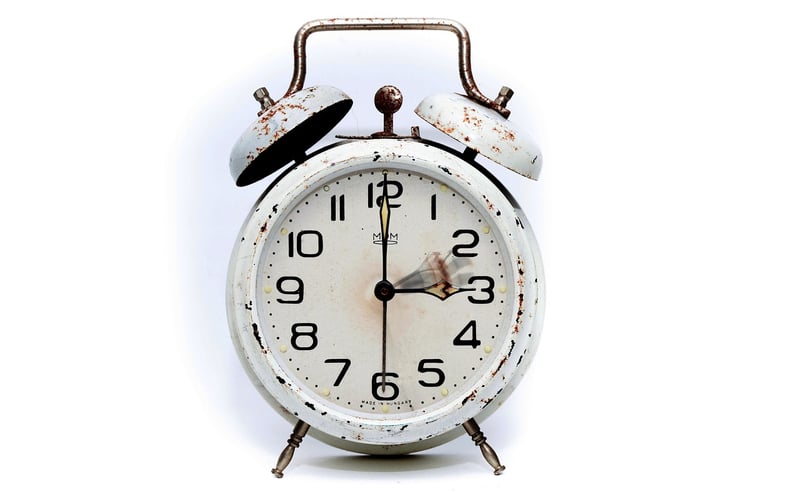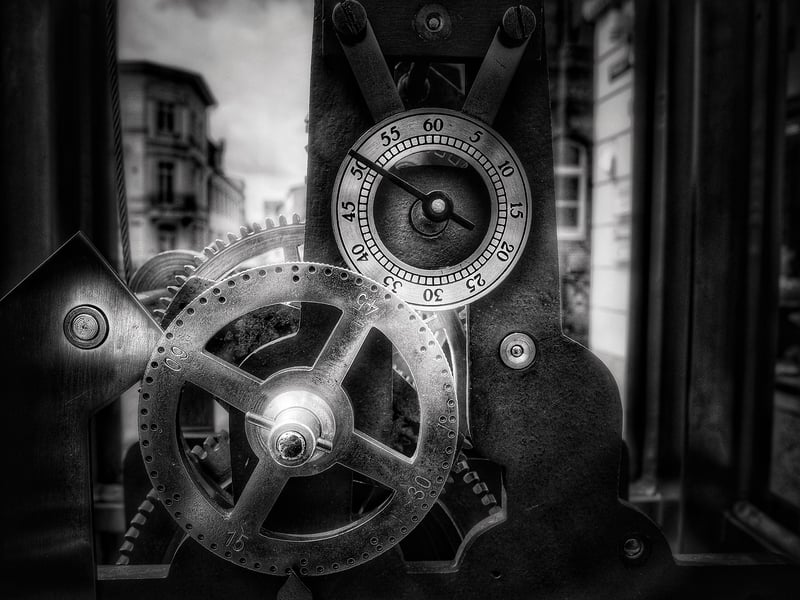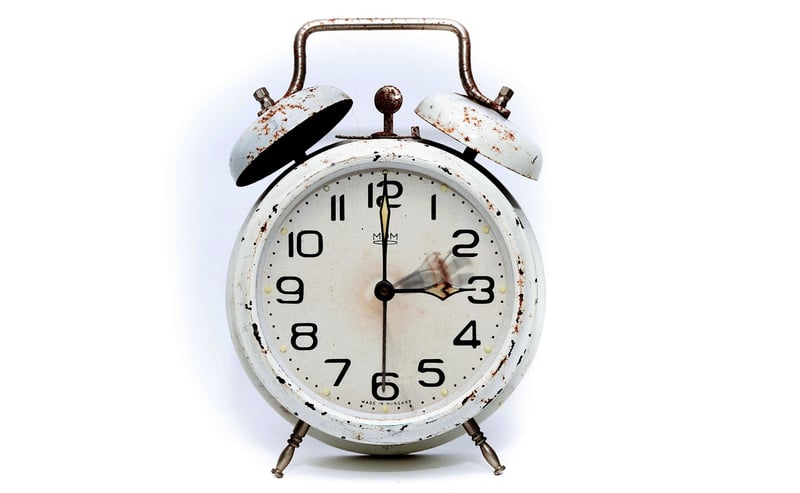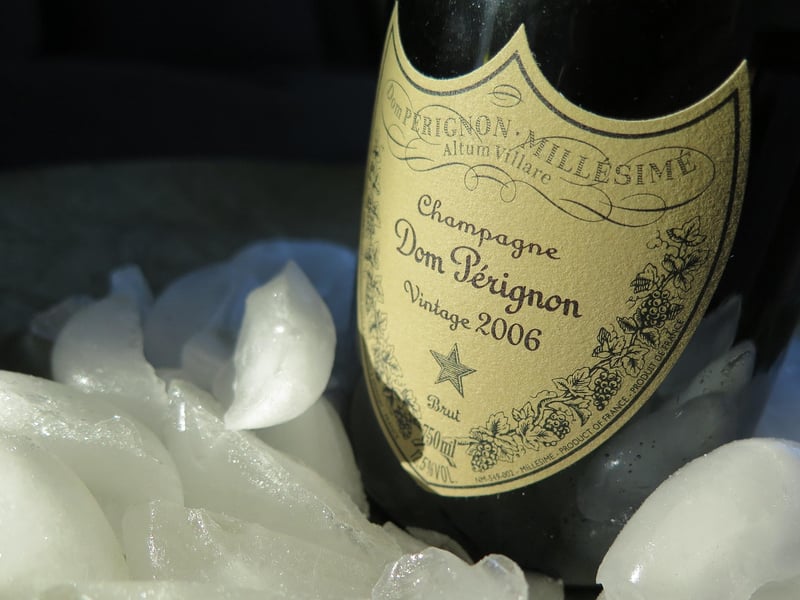Historical Etiquette
Guidance for Successful Time-Travel Experiences + Historical Etiquette
Introduction
Welcome to a journey through time! Time travel is a fascinating concept that has captured the imaginations of many. Whether you are a seasoned time traveler or a novice explorer, it is essential to be prepared for the adventures that lie ahead. In this guide, we will provide you with valuable tips for successful time-travel experiences and insights into historical etiquette to help you navigate different eras with grace and respect.
Guidance for Successful Time-Travel Experiences
Embarking on a time-travel journey requires careful planning and consideration. Here are some essential tips to ensure a smooth and enjoyable experience:
1. Research Your Destination
Before traveling to a specific time period, familiarize yourself with the customs, language, and important historical events of that era. This knowledge will help you blend in seamlessly and avoid any cultural misunderstandings.
2. Dress Appropriately
Choose your attire wisely based on the time period you are visiting. Wearing clothing that is era-appropriate will not only help you fit in but also show respect for the culture and traditions of the time.
3. Be Mindful of Your Actions
Remember that your actions can have unintended consequences on the timeline. Avoid altering historical events or interacting with key figures in a way that could change the course of history.
4. Keep a Low Profile
While it can be tempting to showcase your knowledge of the future, it is best to keep a low profile to avoid drawing unwanted attention. Stay observant and adapt to the customs of the time period.
Historical Etiquette
Understanding and practicing historical etiquette is essential for showing respect to the people of the past. Here are some key points to keep in mind:
1. Greetings and Salutations
Learn how people greeted each other in different time periods and regions. Whether it's a bow, a handshake, or a curtsy, using the appropriate greeting shows courtesy and manners.
2. Dining Etiquette
Table manners have evolved over time. Familiarize yourself with the dining customs of the era you are visiting, including how to use utensils, engage in conversation, and show appreciation for the meal.
3. Language and Communication
Pay attention to the language used in different time periods. Avoid using anachronistic words or phrases that may confuse or offend others. Practice speaking in a manner appropriate to the era.
Conclusion
By following these guidelines for successful time-travel experiences and embracing historical etiquette, you can make the most of your journey through time. Remember to approach each era with an open mind, curiosity, and respect for the people and traditions of the past. Safe travels!



